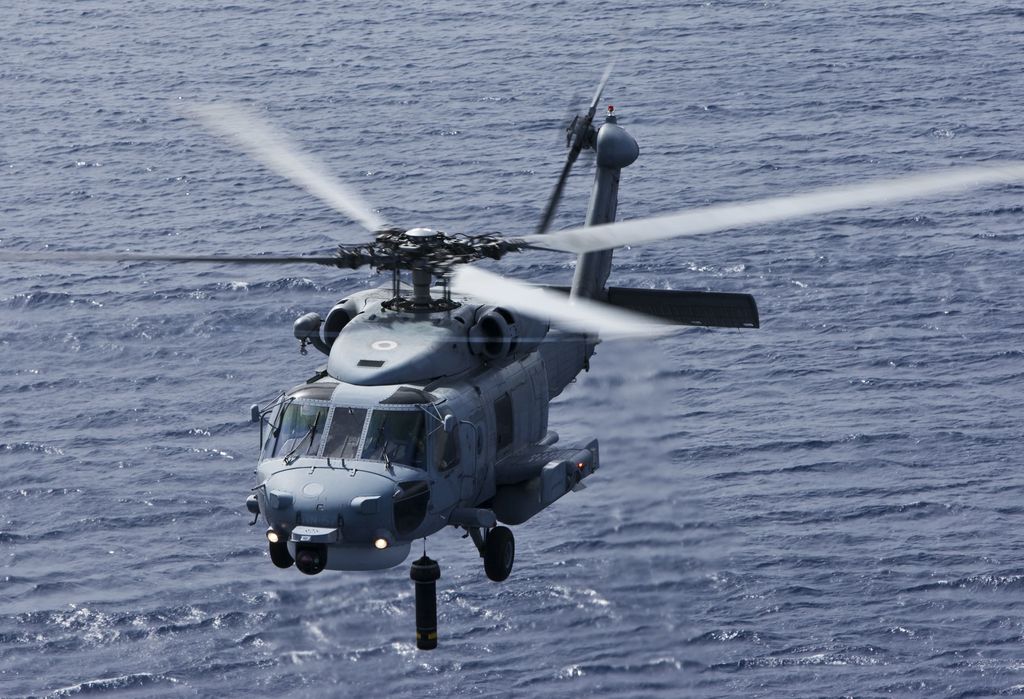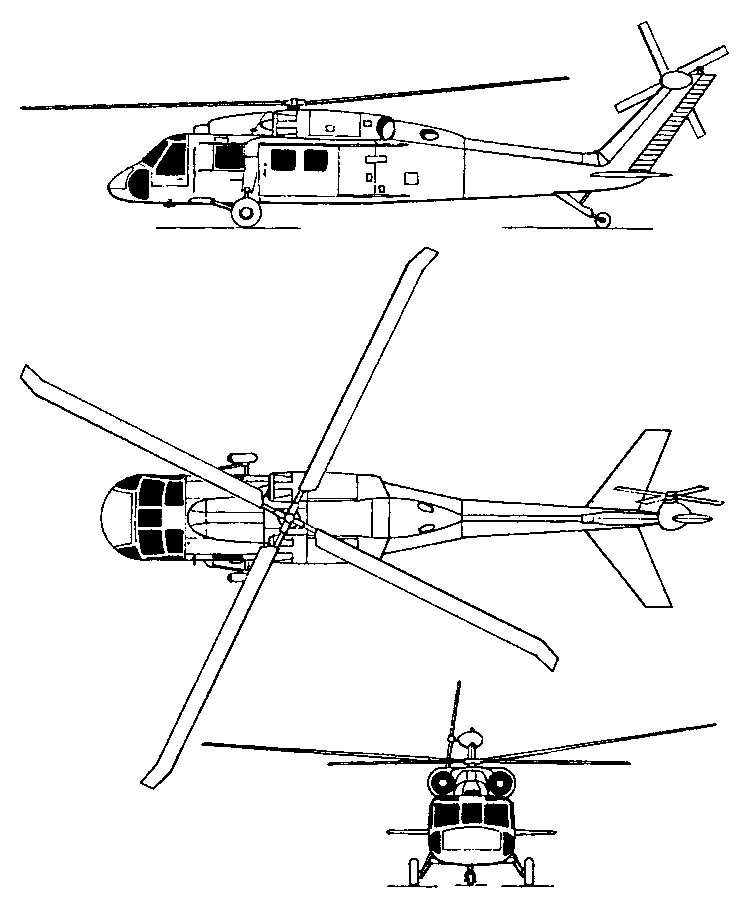The Sikorsky S 70 Helicopter: A Deep Dive into Its Design and Performance
The Sikorsky S 70 Helicopter: A Deep Dive into Its Design and Performance
Blog Article
High-Performance Multi-Role Rotorcraft Featuring Advanced Cabin Technologies and Integrated Sensor Solutions
The world of rotorcraft innovation has actually seen significant advancements in current times, particularly in the world of high-performance multi-role rotorcraft equipped with sophisticated cockpit modern technologies and effortlessly integrated sensing unit systems. In the following conversation, we will certainly check out the advancement of rotorcraft innovation, dive into the realm of innovative cockpit innovations, and take a look at the implications of incorporated sensor systems on the functional versatility and performance of contemporary rotorcraft.
Evolution of Rotorcraft Technology
The evolution of rotorcraft modern technology has actually been marked by significant advancements in the rules of aerodynamics, materials, and propulsion systems, shaping the capacities and efficiency of modern-day rotorcraft. Aerodynamic renovations have enhanced the efficiency and maneuverability of rotorcraft, enabling increased speed, dexterity, and security during trip (sikorsky s 70). Developments in materials, such as making use of composite materials and progressed alloys, have actually led to lighter yet stronger rotorcraft frameworks, boosting total efficiency and durability. Furthermore, innovations in propulsion systems, consisting of extra powerful engines and ingenious propulsion innovations, have actually allowed rotorcraft to attain greater elevations, faster rates, and higher hauls.
These innovations have not just transformed the abilities of rotorcraft yet have actually also expanded their applications throughout different sectors, consisting of armed forces, business, and emergency solutions. The constant evolution of rotorcraft technology continues to drive development in the area, pressing the limits of what is possible and forming the future of upright flight.
Advanced Cockpit Innovations
Building upon the fundamental improvements in aerodynamics, products, and propulsion systems, the realm of rotorcraft modern technology now shifts emphasis towards pioneering Advanced Cabin Innovations. The combination of advanced technologies within the cockpit environment plays a critical function in boosting the operational capacities, security, and performance of modern rotorcraft. sikorsky s 70. Advanced Cabin Innovations include a wide variety of features created to offer pilots with boosted situational recognition, streamlined data management, and user-friendly control user interfaces
One of the crucial improvements in cockpit style is the implementation of glass cockpits, which change conventional analog determines with high-resolution screens. These electronic systems provide personalized formats, real-time data combination, and enhanced readability, enabling pilots to access important information at a glance. Advanced avionics systems, such as fly-by-wire controls and enhanced reality display screens, are reinventing how pilots interact with the aircraft, allowing for specific control and boosted decision-making capacities.


Including advanced cabin developments not just improves pilot efficiency yet additionally adds to overall objective efficiency and safety in intricate operational environments. By leveraging modern modern technologies within the cockpit, rotorcraft producers are setting brand-new criteria for functional quality and goal success.
Integrated Sensing Unit Solutions
With the advancement of rotorcraft modern technology, the assimilation of sophisticated Integrated Sensing unit Solution has ended up being paramount in boosting functional efficiency and security. These Integrated Sensor Solutions incorporate a broad selection of innovations that give important data for different functions such as navigation, surveillance, targeting, and environmental monitoring. By effortlessly integrating sensing units like radars, cameras, lidar, and infrared systems right into rotorcraft, operators can gain from enhanced situational recognition, enhanced goal capabilities, and minimized pilot work.
One key benefit of Integrated Sensing unit Systems is their ability to collect real-time information and give actionable insights to pilots and goal drivers. As an example, progressed radar systems can discover and track targets over cross countries, permitting very early threat detection and effective action preparation. Additionally, incorporating electro-optical and infrared video cameras makes it possible for rotorcraft to conduct reconnaissance and security goals with accuracy and precision.
Fundamentally, the assimilation of cutting-edge sensor technologies into rotorcraft not just boosts functional effectiveness yet likewise contributes considerably to total mission success and staff security. As rotorcraft remain to develop, the function of Integrated Sensing unit Solution will certainly continue to be at the forefront of innovation in the aerospace sector.
Functional Flexibility and Efficiency
Enhancing operational versatility and performance in rotorcraft is an all-natural progression from the integration of innovative Integrated Sensing unit Systems. By leveraging the insights and information given by these innovative sensor systems, rotorcraft can optimize their performance throughout numerous goals and environments.
Operational flexibility encompasses the ability of rotorcraft to adapt to various functions and scenarios efficiently. With sophisticated cockpit technologies and incorporated sensing unit systems, rotorcraft can flawlessly transition between jobs such as search and rescue, clinical discharge, security, and more. This convenience boosts the rotorcraft's capability to meet varied operational demands without requiring substantial reconfiguration.
Efficiency in rotorcraft procedures is important for making the most of mission efficiency and source utilization. Integrated sensor systems play a crucial role in improving functional efficiency by giving real-time data on climate conditions, surface mapping, target monitoring, and much more. This information allows pilots to make read this post here informed choices swiftly, maximize flight paths, preserve fuel, and improve general objective performance.
Influence On Modern Aeronautics Procedures

Furthermore, the assimilation of sophisticated sensing units assists in improved goal planning and implementation, allowing rotorcraft to carry out a large range of tasks with enhanced accuracy. From search and rescue operations to aerial firefighting and law enforcement objectives, the capacities of contemporary rotorcraft outfitted with sophisticated cockpit innovations and integrated sensor systems are unmatched.
Furthermore, the impact of these developments extends past functional efficiency to cost-effectiveness and sustainability. By this maximizing flight paths, fuel usage, and upkeep schedules, high-performance rotorcraft furnished with innovative cockpit innovations and sensing units add to decreasing functional prices and environmental influence, making them important properties in contemporary aeronautics operations.
Final Thought
To conclude, the high-performance multi-role rotorcraft with advanced cabin modern technologies and incorporated sensor systems stands for a substantial evolution in air travel technology. These advancements improve operational versatility and effectiveness, eventually influencing modern-day aviation operations in a positive means. The integration of these sophisticated technologies permits for enhanced capabilities and efficiency in different mission situations, showcasing the proceeded development of rotorcraft innovation in the aviation sector.
The realm of rotorcraft technology has actually seen significant innovations in recent times, particularly in the realm of high-performance multi-role rotorcraft equipped with sophisticated cabin modern technologies and seamlessly incorporated sensing unit systems. From improved objective versatility to improved operational performance, the merging of innovative cabin innovations and integrated sensor systems has actually ushered in a brand-new age of possibilities for rotorcraft applications. In the following discussion, we will certainly explore the evolution of rotorcraft modern technology, dig into the world of advanced cockpit developments, and analyze the ramifications of integrated sensor systems on the functional adaptability and effectiveness of modern-day rotorcraft.

Report this page